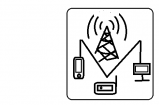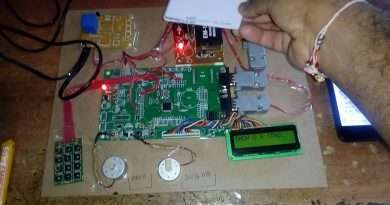Cisco CCNA (640-553) Security Exam Training – Using the "Clear Dmvpn Session" Command
In today’s article, I’m going to quickly inform you about the Cisco IOS privileged EXEC mode (router #) command named » clear dmvpn session « . Network administrators (like you) use the « clear dmvpn session » command to clear Dynamic Multipoint VPN (DMVPN) sessions.
In other words, you can use this command to remove existing DMVPN sessions based on input parameters.
Below is the command’s syntax:
clear dmvpn session [ peer { nbma | tunnel ipv4-address | ipv6-address }] [ interface tunnel number ] [ vrf vrf-name ] [ static ]
As you can see, this command has several (optional) keywords and arguments:
peer – This (optional) keyword is used to specify a DMVPN peer.
nbma – This (optional) keyword is used to specify nonbroadcast mapping access (NBMA).
tunnel – This (optional) keyword is used to specify a tunnel.
ipv4-address – This (optional) argument is the IPv4 address of a DMVPN peer.
ipv6-address – This (optional) argument is the IPv6 address of a DMVPN peer.
interface – This (optional) keyword is used to view the DMVPN information about a specific interface.
tunnel number – This (optional) keyword with argument combination is used to specify the tunnel address for the DMVPN peer.
vrf vrf-tunnel – This (optional) keyword with argument combination is used to clear (remove) all Next Hop Resolution Protocol (NHRP) sessions related to the specified virtual routing and forwarding (VRF) configuration.
static – And, this (optional) keyword is used to clear all static and dynamic NHRP entries. Remember, if you decide not to use this keyword with the command; only dynamic NHRP entries will be cleared.
By the way, if you decide to use the command, make sure your router (s) is running Cisco IOS 12.4 (20) T or higher.
I hope this article was very informative and helped you quickly understand the usage of the clear dmvpn session command. If you need to learn more; I suggest you visit my website, were you’ll find the latest information regarding the Cisco CCNA (640-553) Security exam techniques.
To your success,



